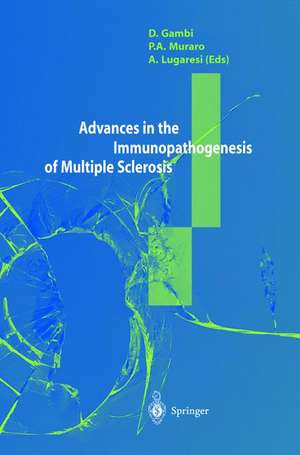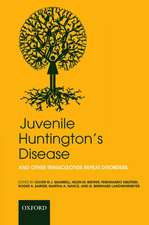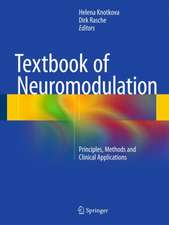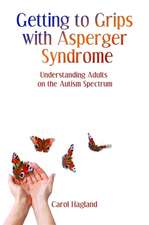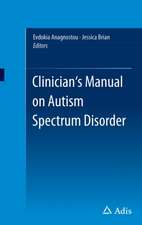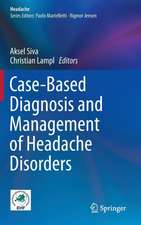Advances in the Immunopathogenesis of Multiple Sclerosis
Editat de Domencio Gambi, Allesandra Lugaresi, Paolo A. Muraroen Limba Engleză Paperback – 31 mai 1999
Preț: 357.97 lei
Preț vechi: 376.80 lei
-5% Nou
Puncte Express: 537
Preț estimativ în valută:
68.51€ • 70.77$ • 57.01£
68.51€ • 70.77$ • 57.01£
Carte tipărită la comandă
Livrare economică 25 martie-08 aprilie
Preluare comenzi: 021 569.72.76
Specificații
ISBN-13: 9788847000674
ISBN-10: 884700067X
Pagini: 100
Ilustrații: 90 p. 6 illus.
Dimensiuni: 155 x 235 x 5 mm
Greutate: 0.15 kg
Ediția:1999
Editura: Springer
Colecția Springer
Locul publicării:Milano, Italy
ISBN-10: 884700067X
Pagini: 100
Ilustrații: 90 p. 6 illus.
Dimensiuni: 155 x 235 x 5 mm
Greutate: 0.15 kg
Ediția:1999
Editura: Springer
Colecția Springer
Locul publicării:Milano, Italy
Public țintă
ResearchDescriere
P.A. MURARO, A. LUGARESI, D. GAMBI Many of the pathological aspects of multiple sclerosis (MS) lesions have been known for over a century. It is only recently, however, that different patterns of demyelination have been linked to distinct pathways of immune-mediated tissue destruction. In particular, the inter-individual heterogeneity of MS lesions has suggested that different mechanisms may act in different patients, accounting for the variability observed in clinical course, immunological findings in peripheral blood and cere brospinal fluid (CSF), and response to immunomodulatory treatments. To provide an overview of the basic mechanisms possibly involved in MS lesion initiation and development, an international meeting was organized in the context of the annual Congress of the Italian Neuroimmunology Association (AINI), held at the University of Chieti, in Chieti Italy on 29 October 1998. The high standard of presentations prompted us to report them in extended form, to highlight recent pro gress in the understanding of basic mechanisms sustaining MS immuno pathogenesis. A central role in the possible mechanisms leading to myelin destruc tion has been attributed to T lymphocytes reactive to myelin antigens. Studies on the myelin antigen-specific T cell repertoire have contributed significant advances to our knowledge of autoimmunity (Chapters 1,2).
Cuprins
1 — The affinity spectrum of myelin basic protein-reactive T cells.- 2 — The naïve and memory MBP-reactive CD4+ T cell repertoire: implications for the autoimmune concept in multiple sclerosis.- 3 — From specificity to degeneracy to molecular mimicry: antigen recognition of human autoreactive and pathogen-specific CD4+ T cells.- 4 — Immune activation in the interface between innate immunity and adaptive response: in vitro studies and therapeutical implications.- 5 — Neuronal control of the immunological microenvironment in the CNS: implications on neuronal cell death and survival.- 6 — Levels of platelet-activating factor in cerebrospinal fluid and plasma of patients with relapsing-remitting multiple sclerosis.- 7 — The contribution of magnetic resonance imaging to the understanding of multiple sclerosis pathogenesis.- 8 — The role of proinflammatory cytokines in multiple sclerosis.- 9 — Experimental autoimmune encephalomyelitis in the common marmoset Callithrixjacchus.
